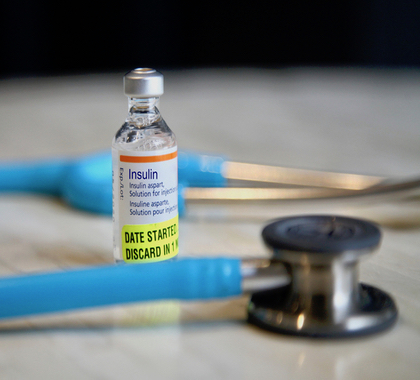The Denver Post reported on a woman who expected to pay $100 each month for each of her children, but ended up getting a bill for $5,600 because she is enrolled in a self-insured plan, which is exempt from the cap.
“I am not sure why a legislator would bother to create a law if insurance companies can just run around it 50 different ways,” Melissa Knott told the paper.
The law does not include people covered by Medicare, and the cap only applies to individual prescriptions, not the out-of-pocket total cost per month. Some patients require a variety of insulin products, which necessitate separate prescriptions.
As with many policies to control costs, the state’s insulin cap has winners and losers, says Linda Gorman, director of the Health Care Policy Center at the Colorado-based Independence Institute.
“The cap is the same regardless of the amount of insulin a patient uses, which means that it disproportionately benefits those who use more insulin or need more expensive insulins to control their blood sugar,” Gorman said.
Someone Has to Pay
Instead of having the state’s general fund pay for the insulin subsidy, lawmakers shifted the burden onto insurance companies. The cap applies to what insurers can charge their enrollees, not what drug companies charge for insulin. To cover this unmet cost, Gorman says insurers will likely change coverage.
“Insurers will stop covering the easier dosing, injection pens, the more expensive insulins that offer better control and fewer side effects,” Gorman said. “Or they will figure out a way to force other policy holders to further subsidize diabetics.”
Making matters worse, lawmakers have authorized funding to investigate why drug companies charge what they do for insulin, Gorman says.
“This is a fishing expedition that will increase costs for major insulin producers, as the fiscal note mentions,” Gorman said. “As is typical, supporters claim [their efforts] are reducing health care costs. What they have really done is shifted them around. This increases overall system costs and will raise total health care costs in the future.”
AnneMarie Schieber ([email protected]) is managing editor of Health Care News.


